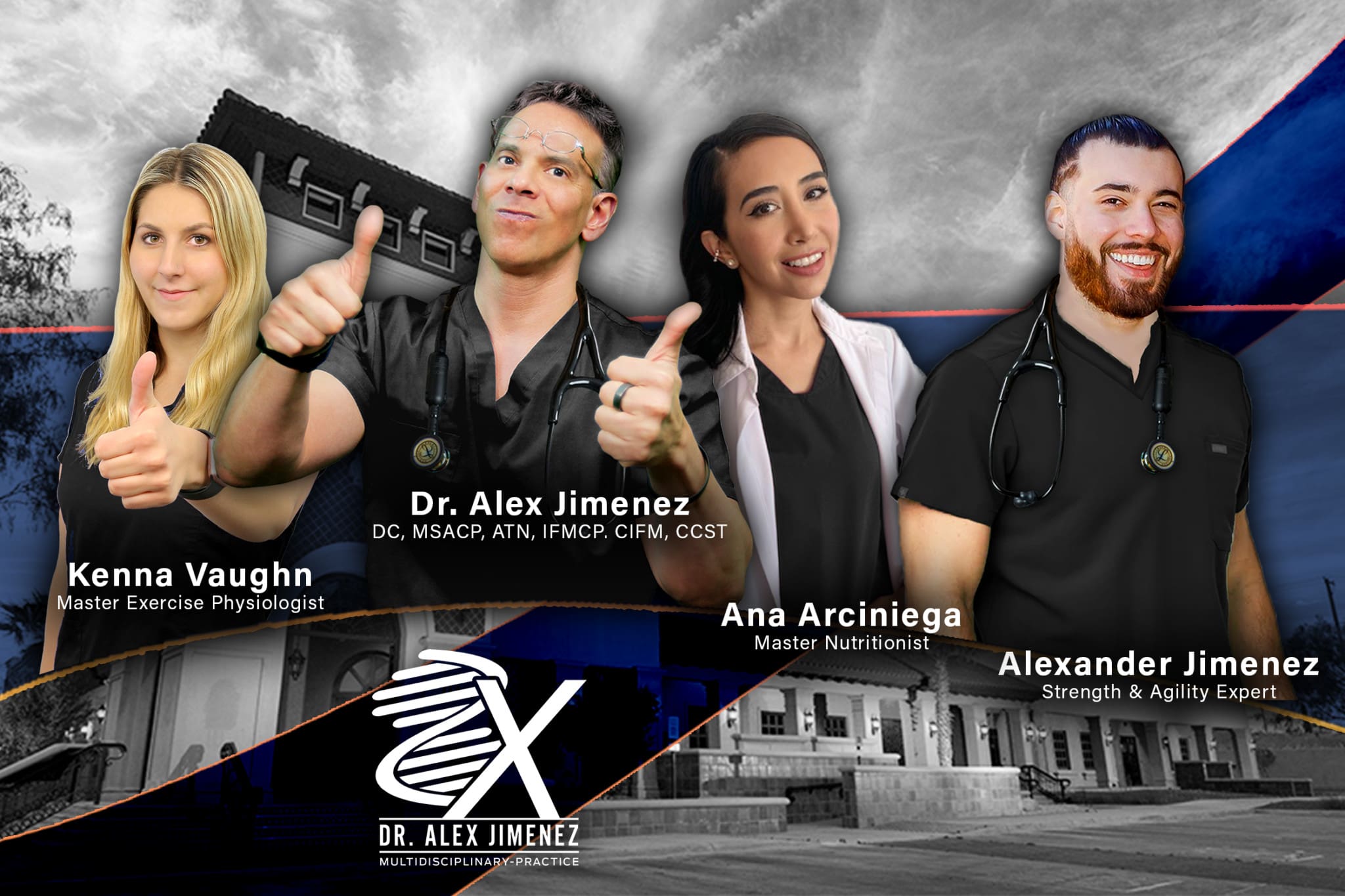Trending
- Yips in Athletes: Exploring the Physical and Psychological Factors
- Walking for Low Back Pain: Strengthen Your Back, Improve Health
- Stay Active and Independent with Chair Abdominal Exercises
- Correct Manual Lifting Technique: Prevent Back Injuries
- Achieve Your Fitness Goals with Beginner Workouts
- Exploring the Different Methods of Surgical Decompression
- Elbow Pain Caused from Lifting: Causes and Treatment
- Elevate Your Workout Routine: Exploring the Beneficial Properties of HIIT
- The Benefits of Using an Ab Roller for Core Strength
- Enhancing Performance: Exploring the Fitness Components
Browsing Category
Sciatica
| PUSH as Rx Sciatica Rehabilitation Team. Dr. Jimenez organized various article archives associated with sciatica, a common and frequently reported series of symptoms affecting a majority of the population. This type of pain can vary widely. It may feel like a mild tingling, dull ache, or burning sensation. In some cases, the pain is severe enough to make a person unable to move. The pain most often occurs on one side.
Sciatica occurs when there is pressure or damage to the sciatic nerve. This nerve starts in the lower back and runs down the back of each leg as it controls the muscles of the back of the knee and lower leg. It also provides sensation to the back of the thigh, part of the lower leg, and the sole. Dr. Jimenez explains how sciatica and its symptoms can be relieved through the use of chiropractic treatment. |
Managing Gluteus Maximus Injuries: Causes and Treatment
Individuals dealing with pain in the buttocks can make life difficult to sit, walk, or perform simple, everyday…
Water Aerobics: Your Path to a Stronger, Healthier You
For individuals living with chronic pain and various diseases like Parkinson's, arthritis, and diabetes, can water…
Managing Back Pain and Stiffness: The Thoracolumbar Connection
Can the thoracolumbar fascia cause or contribute to lower back pain and inflammation?
Thoracolumbar Fascia…
Say Goodbye to Pain: Non-Surgical Treatments for Sciatica
For individuals dealing with sciatica, can non-surgical treatments like chiropractic care and acupuncture reduce…
The Importance of Spinal Nerve Roots for Back and Limb Health
When sciatica or other radiating nerve pain presents, can learning to distinguish between nerve pain and different…
Combining Lumbar Traction and Exercise for Back Pain Recovery
For individuals experiencing or managing low back pain and/or sciatica, can lumbar traction therapy help provide…
Effective Nonsurgical Treatments for Sciatica: A Comprehensive Guide
Can non-surgical treatments like acupuncture and spinal decompression provide relief to individuals dealing with…
Managing Neurogenic Claudication: Tips and Strategies
Individuals experiencing shooting, aching pain in the lower extremities, and intermittent leg pain could be…
Managing Piriformis Syndrome: Alleviating Deep Buttock Pain
Can physical therapy treatment protocols aimed at improving range of motion and flexibility around the hip and…

